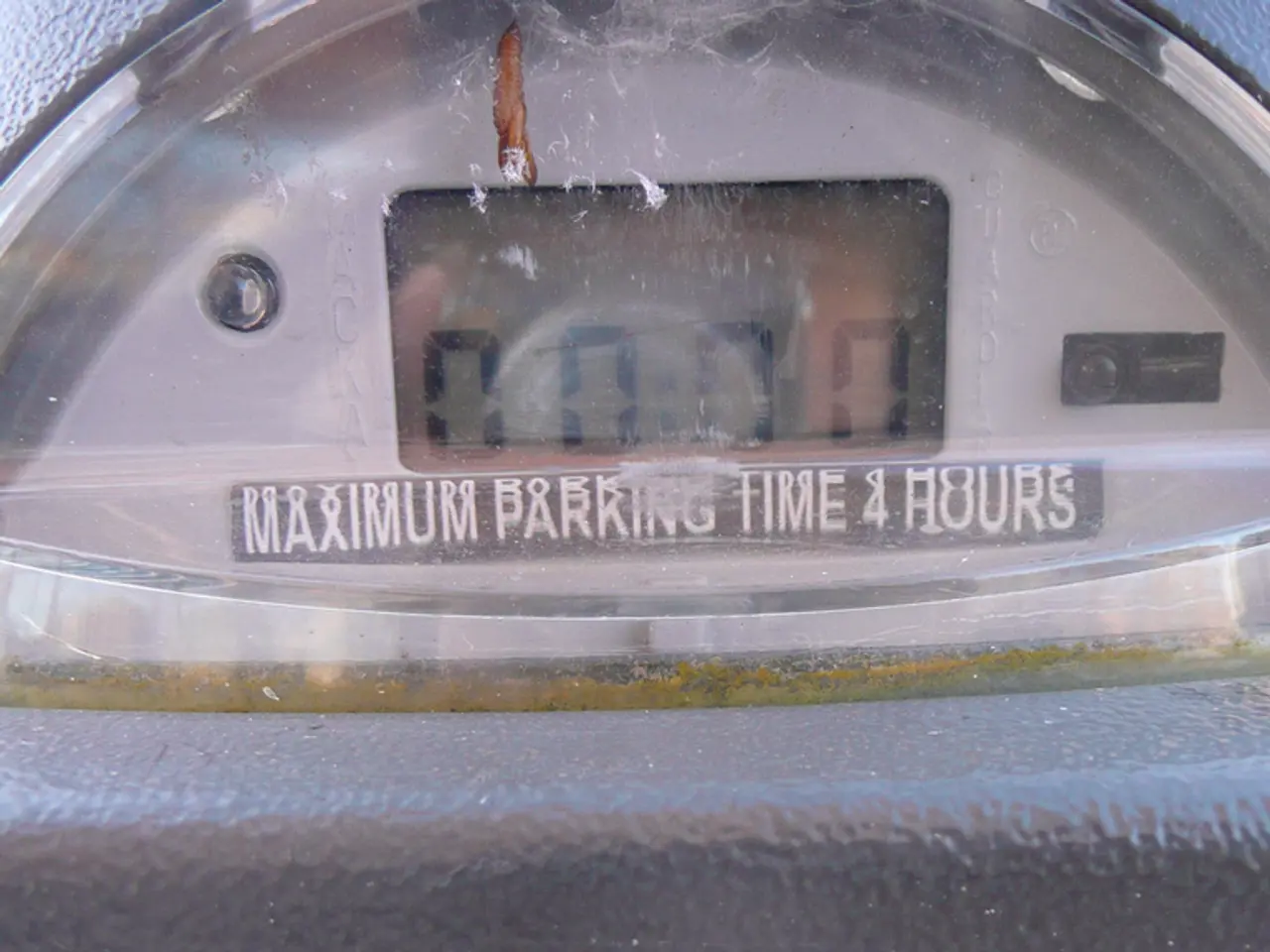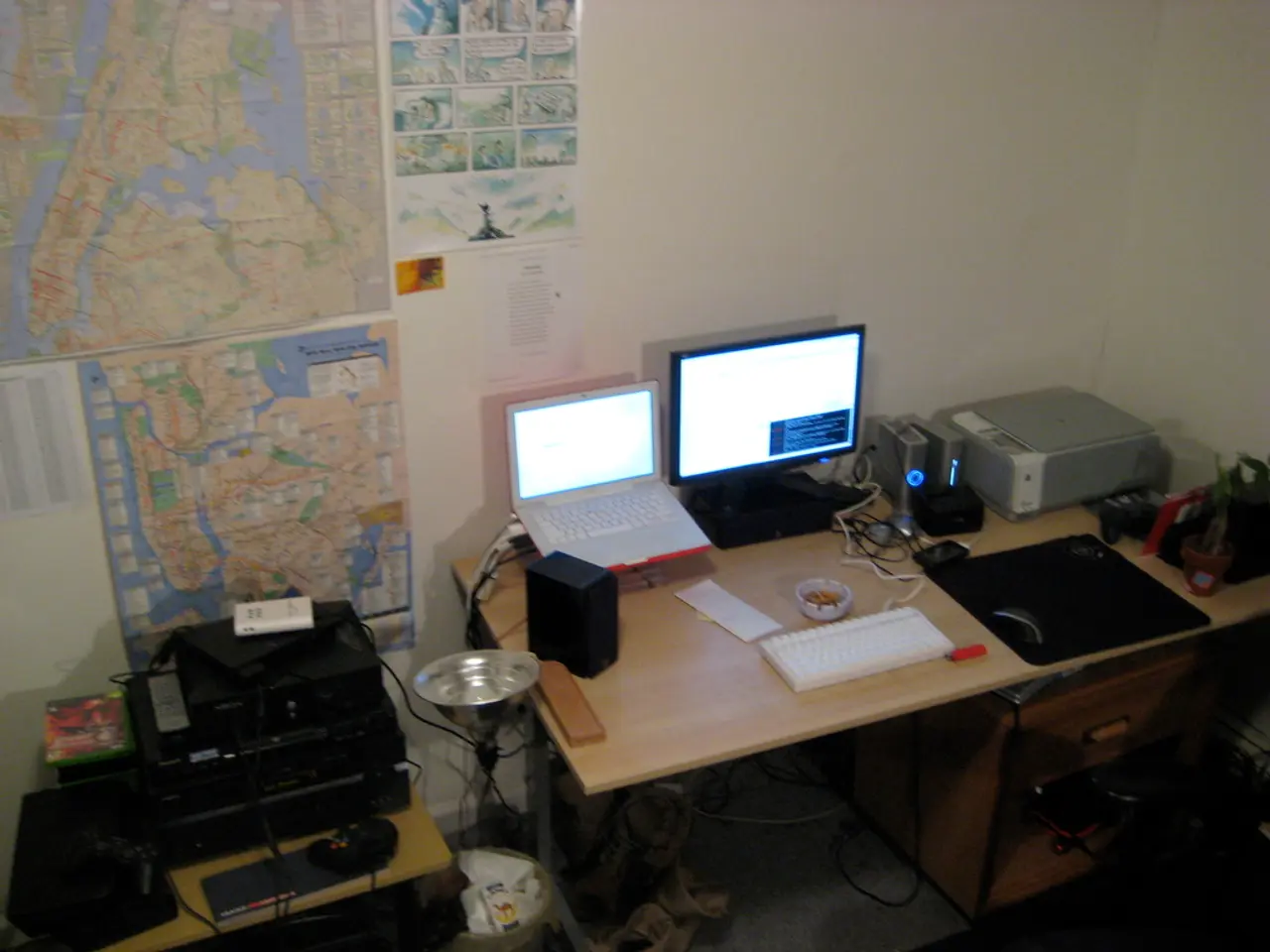Improving efficiency advice provided by ADAC
Optimizing Electric Vehicle Charging Speeds: ADAC's Three Key Tips
The German Automobile Club (ADAC) has offered valuable advice for electric vehicle (EV) owners looking to optimize their charging speeds at DC fast charging stations. Here are three essential tips to consider:
- Keep your vehicle's software updated: Software updates can significantly improve charging capacity and efficiency, making charging quicker and extending range. For instance, the Volkswagen ID.3, tested by ADAC, received updates that increased charging capacity up to 170 kW and improved power consumption, especially in cold temperatures [1][3][4].
- Avoid charging when the battery is cold if possible: Charging a cold battery at high power (around 80 kW) takes significantly longer than in warmer conditions. Pre-warming the battery or charging when the battery is warmer optimizes charging speed [5]. However, drivers may find it challenging to determine the battery temperature, as this information is not always readily available.
- Plan charging stops smartly: Utilising route planners that take into account charge level, traffic, and forecasts can help reach destinations faster with optimized charging stops, indirectly improving overall charging efficiency [1]. It's also beneficial to try to be the only user of a charging station if possible.
The ADAC criticises the lack of information provided by manufacturers, particularly regarding charging curves and battery conditioning [2]. They recommend activating battery conditioning a few minutes before stopping at the charging station to immediately access the maximum charging power [4].
It's important to note that the charging process of an electric vehicle is not always quick, even when connected to a fast charger. The maximum charging power of a station or vehicle may not be reached, and this is not always due to technical issues. Newer electric vehicles have built-in battery conditioning that can be activated automatically or manually [4].
Moreover, when two vehicles are connected to a charging station, the power is typically divided between them, halved [6]. This division can slow down the charging process. The lower the state of charge, the higher the possible power during charging, and there are noticeable differences in charging performance between electric vehicle models at different states of charge [7].
Each electric vehicle model has an individual charging curve that shows the charging power at a specific state of charge [8]. The maximum charging power of a station is usually displayed on the station [9]. The ADAC provides charging curves determined during its own tests, which can be found on their website [10].
In conclusion, by following these tips, electric vehicle owners can improve their charging speeds and efficiency, ensuring a smoother and quicker charging experience.
- To maximize charging speed and efficiency, it's advisable to keep your vehicle's software updated, as this can enhance charging capacity and minimize power consumption, especially in cold temperatures.
- Technology, in the form of route planners, can help electric vehicle owners optimize their charging stops by taking into account factors like charge level, traffic, and weather forecasts, leading to faster travel and more efficient charging overall.




